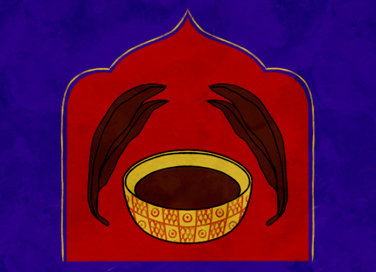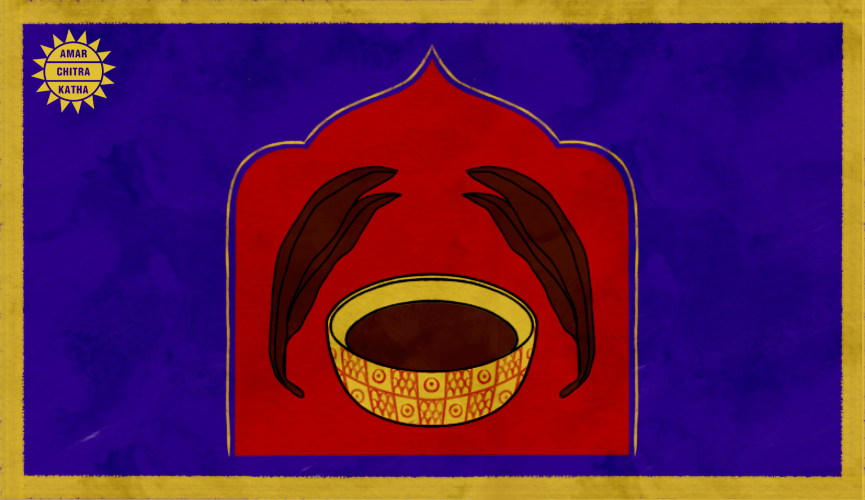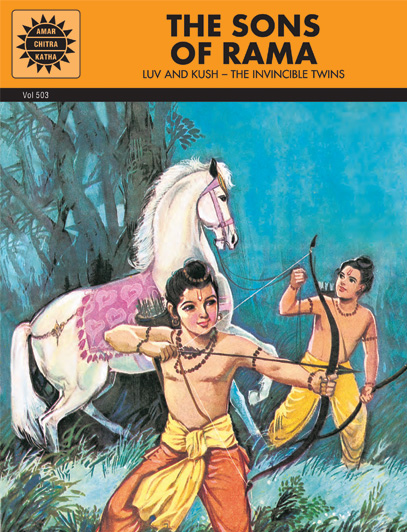Khar: The Astringent of Assam
- November 21, 2023


Khar: The Astringent of Assam
- November 21, 2023
By Shakthi Bharathi and Himasweeta Sarma
According to Ayurveda, there are six tastes known as the ‘rasas’. Each rasa plays its own role in boosting health and influencing the taster’s mood. Thus, the perfect meal has to contain all six rasas: salty, sweet, pungent, sour, bitter, and astringent.
Astringents, the last of these, are peculiar. More sensation than taste, their effect on the tongue comes from tannin-heavy foods. The cooling numbness of tulsi, the gritty sweetness of paan, the ashy burn of tobacco, the dry bitterness of wine—all of these are astringents at play. In Sanskrit, the sixth flavour is called ‘kashaya rasa’.
To receive more such stories in your Inbox & WhatsApp, Please share your Email and Mobile number.

In ancient times, the landlocked state of Assam had no access to sea salt. The common folk needed a strong condiment and a cheaper way to preserve food—thus came about khar. This brown liquid, filtered from the ashes of sun-dried banana peel, has an earthy smokiness that makes it the soul of Assamese cooking. An all-in-one ingredient, khar is used as a palate cleanser, digestif, antiseptic, shampoo, and even detergent!
Being an alkali, khar cannot be added to sour dishes, which contain acidic components like vinegar or tomatoes. This is because alkalis and acids neutralise each other.
To receive more such stories in your Inbox & WhatsApp, Please share your Email and Mobile number.

Comic of The Month
The Sons of Rama
The story of Rama and Sita was first set down by the sage Valmiki in his epic poem 'Ramayana.' Rama was the eldest son of Dasharatha, the king of Ayodhya, who had three wives - Kaushalya, Kaikeyi and Sumitra. Rama was the son of Kaushalya, Bharata of Kaikeyi and Laxmana and Shatrughna of Sumitra. The four princes grew up to be brave and valiant. Rama won the hand of Sita, the daughter of King Janaka. Dasharatha wanted to crown Rama as the king but Kaikeyi objected. Using boons granted to her by Dasharatha earlier, she had Rama banished to the forest. Sita and Laxmana decided to follow Rama. While in the forest, a Rakshasi, Shoorpanakha, accosted Laxmana but had her nose cut off by him. In revenge, her brother Ravana, king of Lanka, carried Sita away. Rama and Laxmana set out to look for her and with the help of an army of monkeys, defeated Ravana. On returning Ayodhya after fourteen years of exile, Rama banished Sita because of the suspicions of his subjects. In the ashrama of sage Valmiki, she gave birth to her twin sons, Luv and Kush.